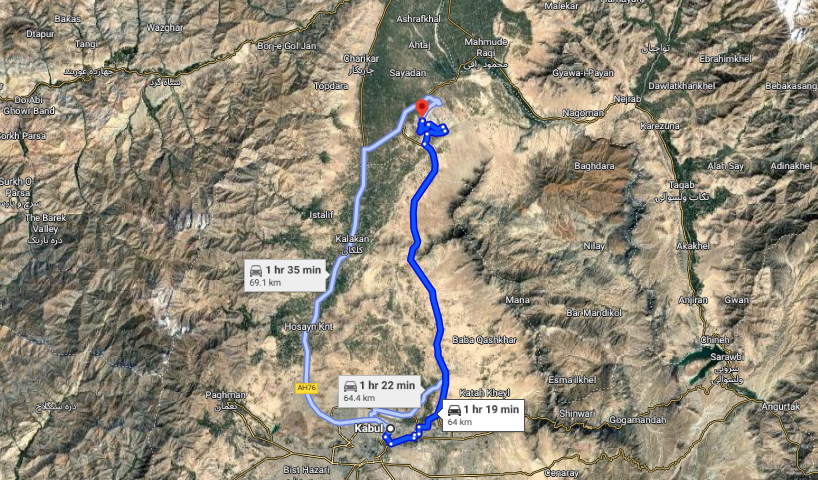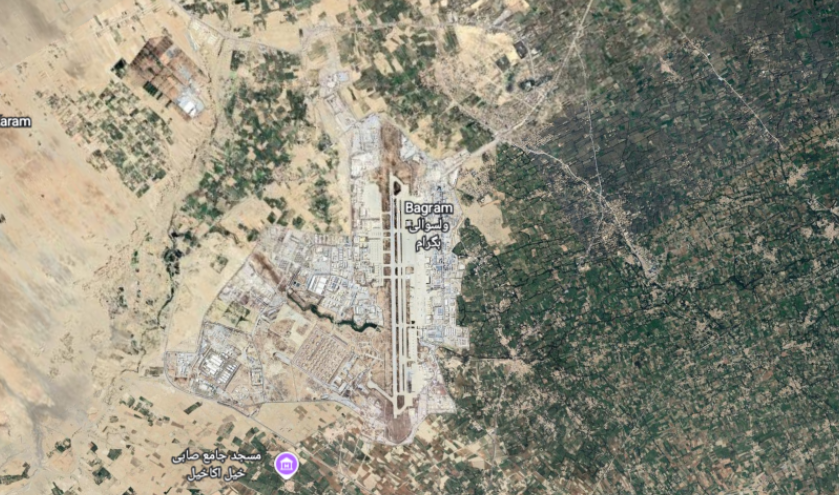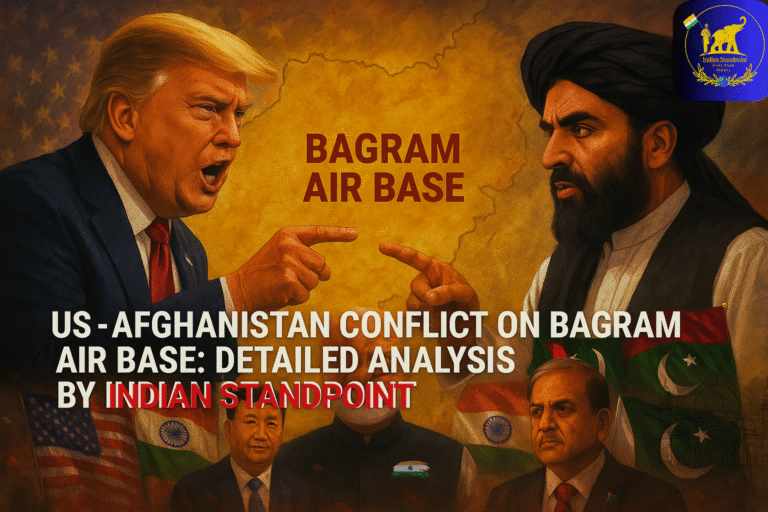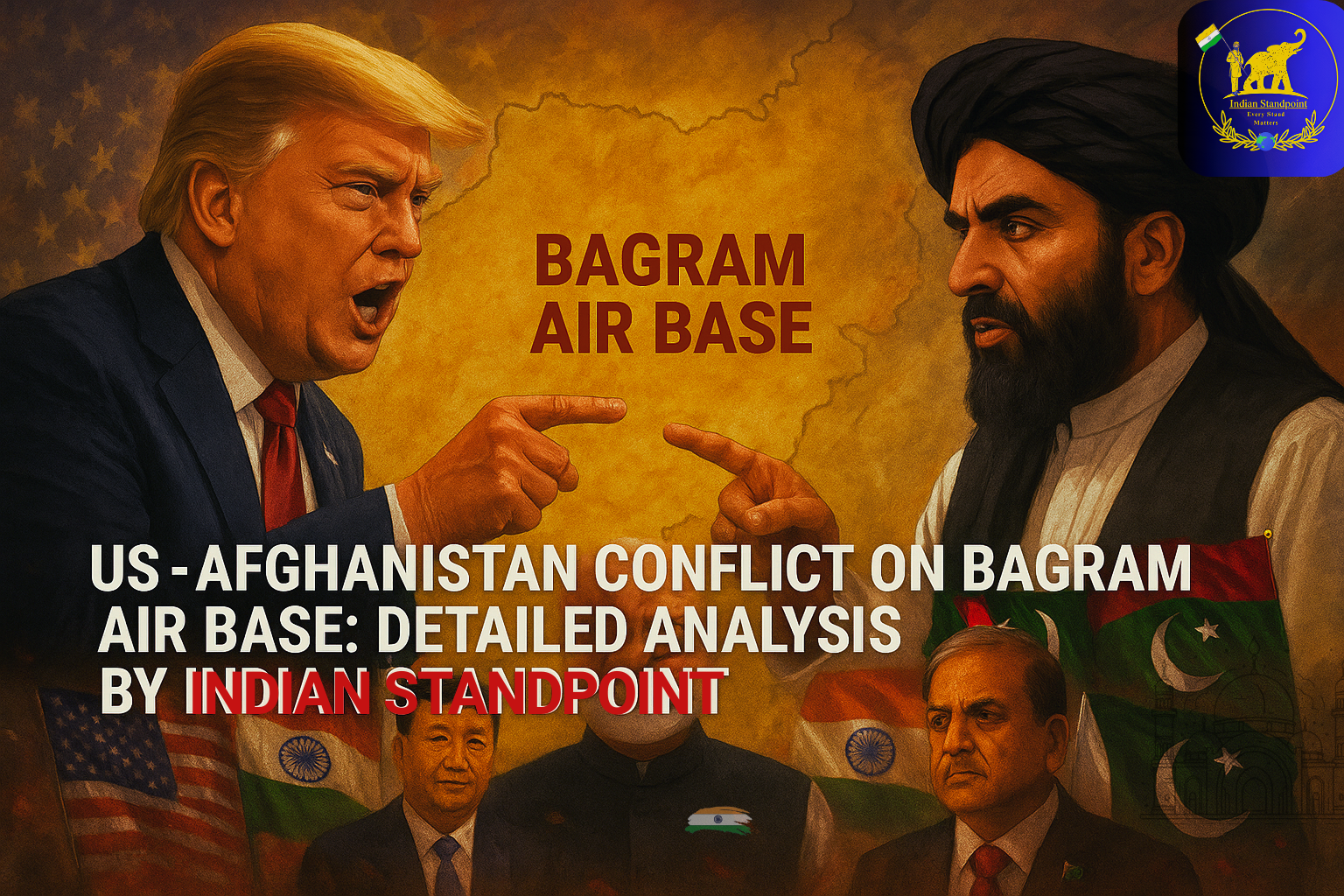
Indian Standpoint: A Historical and Geopolitical Detailed Analysis on Recent Events about Bagram Air Base Afghanistan
Bagram Air Base Conflict 2025 surged into international news headlines in September 2025 as US President Donald Trump publicly demanded the Taliban relinquish the base back to the United States with a clear threat of “bad things” if Kabul doesn’t. He criticised the 2021 retreat under President Biden as “trading Bagram for nothing,” sparking fierce speculation regarding US credibility, Afghan autonomy, and local security. Bagram Air Base, once America’s largest base during its almost two-decade-long Afghan war, finds itself at the eye of the diplomatic standoff between Washington and the Taliban.
Brief History
Bagram’s history extends from mythical and early history times through successive empires. Clearly referred to during ancient Indian epics like the Ramayana and Mahabharata through the border kingdoms of Gandhara and Kamboja, the land then became part of the Mauryan Empire, namely during Ashoka’s reign of the 3rd century BCE that propagated Buddhism. Then, during Alexander the Great’s campaigning during the late 4th century BCE, the territory came under Hellenistic monarchs’ control, then flourished during the Kushans (1st–3rd centuries CE) as a center of commerce and culture and Greco-Buddhist iconography. Then, during the Sultanate and the Mughal period, the territory witnessed less centralized power yet continued as a strategically valuable territory until the times of British Raj as a buffer territory when Afghanistan became a buffer state between British India and Russian designs.
Geographical Location: Bagram Air Base and Nearby Borders
The Bagram Air Base is located in Parwan Province is approximately 64 km from Kabul, the capital of Afghanistan. It is situated east of the Hindu Kush mountain chain and has access routes south towards Central Asia and into China’s Xinjiang province, and into Pakistan. Its terrain is mountainous, but at an altitude and massif such that it can project air power into extensive parts of northern and northeast Afghanistan; it also serves as a logistics base for pushes into mountain provinces. Its proximity to borders and disputed regions produces one level of extra strategic value of defense and another of observation.
Diplomatic Developments: Cold War Between USA and USSR in Bagram
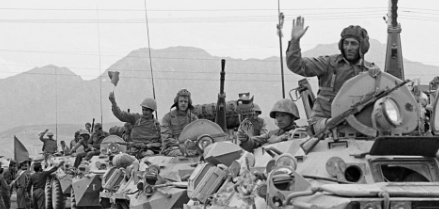
During the Cold War, the Soviet Union established and used Bagram to project power during the latter’s war of invasion of Afghanistan (1979-1989). The base was a chief launch site of air assaults, troop deployments and logistics during the conflict with the Mujahideen insurgents that were indirectly (and sometimes directly) supported from the air and otherwise by the United States and other allies. The USSR built runways, maintenance and repair facilities, air shelters and hangars for aircraft and helicopters and air defense systems there. This made Bagram a military base and a hot spot of diplomacy since the US used clandestine aid, propaganda and geopolitics maneuvering as part of the broader fight over influence within Asia.
Formation of Taliban; Disintegration of USSR and Taliban Realm in Afghanistan and Bagram Region
When the Soviet Union collapsed in 1991 and retreated from Afghanistan, the country plunged into an age of Mujahideen infighting with rival groups. From anarchy, the Taliban emerged in the mid-1990s with an appeal of stability and implementation of Sharia laws. By 1996, the Taliban controlled Kabul and much of Afghanistan, including the surrounding area north of Bagram. At this point, the infrastructure of Bagram, some having been built while the Soviets were there sat abandoned, in periodic use, and contested by Taliban forces and warlords. Since the dissolution of the USSR, there was no longer Soviet aid and power projection, and in their absence, the Taliban completed the vacuum in most places, but without the type of air power with which the Soviets had been armed through places like Bagram.
Formation of Democratic Government in Afghanistan and Developments in Bagram Region
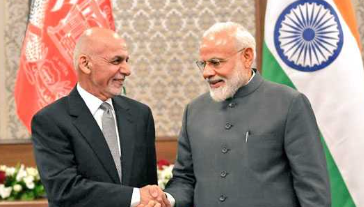
Since 2001, when the U.S.-led intervention after 9/11 saw the Taliban overthrown briefly and a Western-backed Afghan democracy assume leadership in Afghanistan, Bagram has been renovated and considerably expanded: it was the principal forward operating base of the forces of the United States in Afghanistan, with air operations, intelligence, detention, and logistics. It held thousands of soldiers, support facilities of every description, and also was amongst the most public manifestations of the presence of the United States. For nearly 20 years, it was a fundamental part of efforts to stabilize, train Afghan security forces, and counterterrorism operations.
The USA Pull-Out from Afghanistan and Bagram Air Base
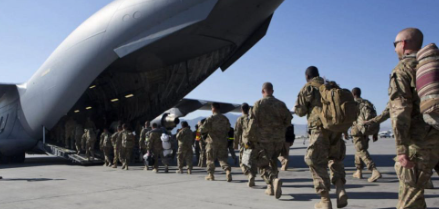
In 2021, the United States withdrew its military forces from Afghanistan, ending its two-decade presence. The pull-out included the abandonment of Bagram, which U.S. forces vacated abruptly. The base was left with substantial military infrastructure, much of it in working condition but now under the control of Afghan forces who were soon displaced by the Taliban. The withdrawal was widely criticized for its suddenness, for leaving behind valuable equipment, and for not adequately coordinating with Afghan allies, contributing to the rapid takeover by the Taliban.
Reformation of Taliban Rule in Afghanistan and Bagram Air Base
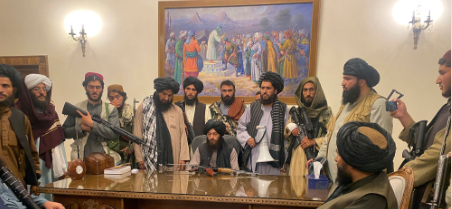
The dramatic retreat of the US Army from Afghan soil changed the geopolitical situation in the region. When India was celebrating its 75th Independence day on 15th of August 2021, the Taliban led government regained power in Afghanistan dramatically from the democratic government of Ashraf Ghani. They secured control over Kabul and major military installations, including Bagram air base. Since then, the base has remained under the jurisdiction of the Taliban government. The regime has used it both as a symbol of regained sovereignty and as part of its governance claims. There is, however, limited transparency about how it is used currently in Afghanistan, whether for civil aviation, internal logistics, or as a potential bargaining chip in foreign diplomacy. The Taliban government has asserted that no foreign military presence will be allowed and that Afghan territorial integrity must be respected. US–Taliban tensions 2025 is the new seed that can cause some geopolitical changes in the region.
Recent Debate: Trump’s Statement and Taliban Reply
In September 2025, President Donald Trump’s statement on Afghanistan made news in recent geopolitics, he was demanding that the Taliban government should return Bagram Air Base to U.S. control. On September 20, he declared:
“If Afghanistan doesn’t give Bagram Airbase back to those that built it, the United States of America, BAD THINGS ARE GOING TO HAPPEN!!!”
He also said during a meeting in the UK, “We’re trying to get it back … because they need things from us.” He criticized the Biden administration’s 2021 withdrawal, calling it a surrender of U.S. assets: “We gave it to them for nothing.”
The Taliban response to US on Bagram was also observed by international players. Taliban government firmly, rejecting all such threats and demands. Their reply included:
- Afghanistan’s independence and territorial integrity are non-negotiable.
- Reference to the Doha Agreement, under which the U.S. pledged not to threaten Afghan sovereignty or interfere in its internal affairs.
- A categorical refusal to cede even “an inch” of Afghan territory.
Experts warn that retaking Bagram militarily could resemble a re-invasion, requiring over 10,000 troops to secure the base and its perimeter, while risking severe diplomatic backlash. This exchange underlines the enduring volatility of Afghanistan’s relations with the U.S. and the sensitive role Bagram continues to play in global geopolitics.
Geopolitical importance of Bagram Air Base: Interest of Other Nations in the Region
The location of Bagram air base holds attractive strategic value for regional and global powers. It offers proximity to China’s Xinjiang region, makes for a useful staging point for Central Asia, and offers possible leverage in USA-China competition. Russia, Iran, and Pakistan all keep watch on developments there. For China, foreign military presence near its western frontier is a concern, especially China’s Lop Nur nuclear test site is just 2000 km away from Bagram and for India, access to Afghanistan for trade and connectivity could be impacted and in case of Russia, any U.S. base reinstatement increases U.S. influence in its perceived sphere. The runway length, infrastructure, and barracks also make Bagram one of the few sites capable of hosting large military airlift or bomber operations in the region. Bagram Air Base is one of the Strategic military bases in South Asia.
What Possible Benefits USA and Afghanistan Expects
If the U.S. regains access or partial control of Bagram, it could restore a forward base for counter-terrorism operations against groups like ISIS-Khorasan, enable rapid air operations, intelligence monitoring of regional activities, and serve as a bargaining chip in diplomatic negotiations. For Afghanistan under the Taliban administration, asserting control over Bagram and refusing U.S. demands boosts claims to national sovereignty, strengthens bargaining positions for aid and recognition, and could potentially make the base useful for civilian aviation or trade if cooperation with other countries is allowed.
Bagram Debate and Indian Standpoint: India’s role in Afghanistan conflict?
For India, Bagram’s fate is of strategic importance. A stable Afghanistan under a government that engages internationally can provide trade corridors into Central Asia, access to land routes for Indian goods, energy, and mineral resources. If U.S. and Taliban negotiations open up scope for international involvement or base use with shared security arrangements, India could participate as a partner for infrastructure investment, as a stakeholder in counterterrorism, or assist in reconstructing facilities. India’s diplomatic weight may also allow it to mediate or influence multilateral frameworks that govern Bagram, thereby earning both economic and strategic benefits in the region. Indian Standpoint should be vigilant in this matter because South Asia geopolitics and India’s perspective over it can make a huge difference in maintaining peace in the region. India Afghanistan foreign policy standpoint should be more stressed in maintaining peace in the region.
Conclusion
The story of Bagram Air Base reflects not just the military history of Afghanistan but also the larger shifts in global geopolitics from ancient empires and the Cold War rivalry to the Taliban’s resurgence and renewed U.S. involvement. Today, Bagram stands at the crossroads of power, strategy, and diplomacy, drawing the attention of regional players like India, China, and Russia. For India, the developments around Bagram are more than distant events because they directly influence regional stability, security, and economic opportunities. As debates intensify with fresh statements from Washington and Kabul’s responses, one thing is clear i.e. the world is observing closely. Let us stay alert to the upcoming developments in U.S.–Afghanistan relations and the wider geopolitical moves that will shape South Asia’s future. Indian Standpoint should be neutral in this matter because India needs balanced diplomatic relations in the region. Let’s follow the upcoming US–Afghanistan relations latest updates.
